Home>Furniture & Design>Bathroom Fixtures>How Much Weight Can A Shower Rod Hold
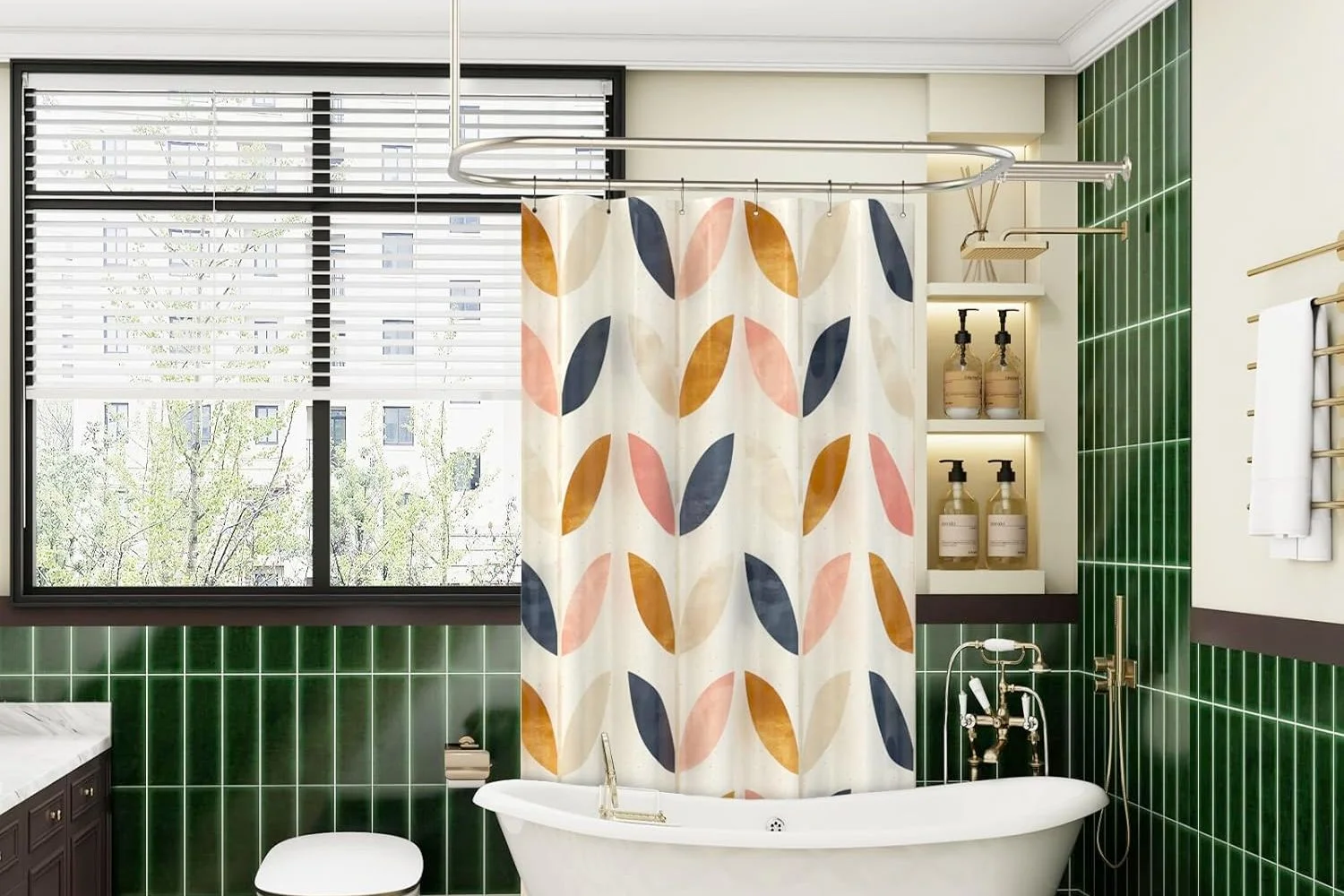

Bathroom Fixtures
How Much Weight Can A Shower Rod Hold
Modified: March 1, 2024
Discover how much weight a shower rod can hold and find the best bathroom fixtures for your needs. Learn about different options and installation tips.
(Many of the links in this article redirect to a specific reviewed product. Your purchase of these products through affiliate links helps to generate commission for Storables.com, at no extra cost. Learn more)
Introduction
When it comes to bathroom fixtures, the shower rod is often an overlooked yet crucial component. It not only supports the shower curtain but also plays a pivotal role in maintaining a functional and aesthetically pleasing shower space. However, have you ever wondered about the weight capacity of a shower rod? Understanding this aspect is essential for ensuring the safety and stability of your shower curtain, especially if you plan to hang heavier curtains or other items from the rod.
The weight capacity of a shower rod refers to the maximum amount of weight it can support without bending, breaking, or causing damage to the surrounding walls. This factor is influenced by various elements, including the material of the rod, its design, and the method of installation. Whether you are a homeowner looking to upgrade your bathroom or a renter seeking to make temporary adjustments, knowing the weight capacity of a shower rod is crucial for making informed decisions.
In this comprehensive guide, we will delve into the factors that affect the weight capacity of shower rods, explore the common types of shower rods available, and provide insights into the maximum weight capacity of different materials. Additionally, we will offer practical tips for increasing the weight capacity of your shower rod, empowering you to optimize the functionality and durability of this essential bathroom fixture.
Understanding the weight capacity of a shower rod is not only about practicality but also about ensuring a secure and reliable showering experience. So, let's embark on this enlightening journey to unravel the mysteries of shower rod weight capacity and equip ourselves with the knowledge needed to make informed choices for our bathroom spaces.
Key Takeaways:
- Choose a sturdy stainless steel or brass shower rod for heavy curtains, as they have high weight capacities. Reinforced designs and even weight distribution can further increase the rod’s strength.
- Opt for permanent mounting and regular maintenance to enhance the weight capacity of your shower rod. Consider the diverse types of shower rods to suit your bathroom layout and design preferences.
Read more: How Much Weight Can Attic Hold
Factors Affecting Shower Rod Weight Capacity
The weight capacity of a shower rod is influenced by several key factors that collectively determine its ability to support weight without compromising its structural integrity. Understanding these factors is essential for homeowners, renters, and anyone seeking to optimize the functionality and safety of their shower space.
Material
The material of the shower rod is a primary determinant of its weight capacity. Common materials include stainless steel, aluminum, brass, and plastic. Stainless steel and brass shower rods are known for their durability and high weight-bearing capacity, making them suitable for supporting heavier shower curtains or other items. On the other hand, aluminum and plastic shower rods may have lower weight capacities and are more suitable for lightweight applications.
Design and Construction
The design and construction of the shower rod play a crucial role in determining its weight capacity. Tension rods, which rely on spring-loaded tension for installation, typically have lower weight capacities compared to permanently mounted rods. Additionally, the thickness and reinforcement of the rod, as well as the quality of welds or joints, can impact its ability to bear weight. Shower rods with sturdy, well-constructed designs are more likely to have higher weight capacities.
Installation Method
The method of installation significantly affects the weight capacity of a shower rod. Tension rods, while convenient for temporary setups, may have lower weight capacities compared to rods that are securely mounted to the walls or ceiling. Proper installation, including using appropriate hardware and ensuring a secure fit, is essential for maximizing the weight capacity of the shower rod.
Read more: How Much Weight Can A Ladder Hold
Load Distribution
The distribution of weight along the length of the shower rod is another critical factor. Unevenly distributed weight, such as when heavy items are concentrated in one area, can exceed the rod's capacity and lead to bending or failure. It's important to consider the distribution of weight when hanging items from the shower rod to avoid placing excessive stress on specific sections.
Environmental Factors
Environmental conditions, such as humidity and temperature fluctuations in the bathroom, can impact the weight capacity of a shower rod over time. Exposure to moisture and temperature variations may affect the structural integrity of certain materials, potentially reducing their weight-bearing capabilities. Regular maintenance and choosing materials suited to the bathroom environment can help mitigate these effects.
By considering these factors, individuals can make informed decisions when selecting, installing, and utilizing shower rods, ensuring that they meet the specific weight-bearing requirements of their shower curtains and other hanging items.
Common Types of Shower Rods
Shower rods come in various types, each offering unique features and installation methods to cater to different bathroom layouts and preferences. Understanding the common types of shower rods can help individuals make informed choices based on their specific needs and requirements.
-
Straight Shower Rods: This classic and versatile option features a straight design and is typically installed between two walls. Straight shower rods are available in various materials, including stainless steel, aluminum, and brass, offering different weight capacities and aesthetic options to suit diverse bathroom styles.
-
Curved Shower Rods: Curved shower rods are designed to create additional space within the shower enclosure, providing a more open and spacious feel. The gentle curve of the rod increases the shower area, offering more room for movement and reducing the curtain's tendency to cling. These rods are available in both adjustable tension and fixed installation options, catering to different preferences and bathroom layouts.
-
Tension Shower Rods: Tension rods are a popular choice for their tool-free installation and versatility. These rods rely on spring-loaded tension to stay in place between two walls, eliminating the need for drilling or hardware. While tension rods are convenient for temporary setups and rental properties, it's important to consider their weight capacity, as they may have limitations compared to permanently mounted rods.
-
Double Shower Rods: Double shower rods feature a dual-rod design, allowing for the simultaneous use of a shower curtain and a liner or decorative curtain. This design provides a practical solution for individuals who prefer to separate the shower curtain from other decorative elements, enhancing the overall aesthetic of the bathroom while maintaining functionality.
-
L-Shaped and U-Shaped Shower Rods: L-shaped and U-shaped shower rods are specifically designed for corner shower enclosures, maximizing space and creating a dedicated shower area within the bathroom. These rods offer a seamless and stylish solution for corner showers, allowing for the installation of a shower curtain to enclose the space effectively.
Understanding the characteristics and installation requirements of these common types of shower rods empowers individuals to select the most suitable option for their specific bathroom layout, design preferences, and functional needs. Whether aiming to create a spacious shower environment, accommodate multiple curtains, or achieve a particular aesthetic, the diverse range of shower rod types ensures that there is a solution for every bathroom space.
Maximum Weight Capacity of Different Shower Rod Materials
The weight capacity of a shower rod is closely tied to the material from which it is constructed. Different materials offer varying levels of strength and durability, directly impacting the amount of weight a shower rod can support. Understanding the maximum weight capacity of different shower rod materials is essential for selecting the most suitable option based on specific needs and usage requirements.
Read more: How Much Weight Can A Recliner Hold
Stainless Steel Shower Rods
Stainless steel shower rods are renowned for their exceptional strength and corrosion resistance, making them a popular choice for bathrooms. These rods boast high weight capacities, typically ranging from 30 to 50 pounds or more, depending on the specific design and construction. The robust nature of stainless steel enables it to support heavier shower curtains and additional items without compromising stability.
Aluminum Shower Rods
Aluminum shower rods offer a lightweight and cost-effective alternative, but their weight capacities may be more limited compared to stainless steel. While aluminum rods can adequately support standard shower curtains and light items, they may have weight limitations ranging from 10 to 20 pounds. It's important to consider the intended usage and the weight of the items to be hung from the rod when opting for an aluminum shower rod.
Brass Shower Rods
Brass shower rods are prized for their durability and elegant appearance. With their solid construction, brass rods exhibit substantial weight capacities, often ranging from 20 to 40 pounds or more. The inherent sturdiness of brass makes it a reliable choice for supporting various types of shower curtains and additional accessories, providing a blend of functionality and aesthetic appeal.
Plastic Shower Rods
Plastic shower rods, while lightweight and easy to install, typically have lower weight capacities compared to metal counterparts. The weight capacity of plastic rods may range from 5 to 15 pounds, making them suitable for lightweight applications. It's important to assess the intended use and the weight of the items to be hung to ensure that a plastic shower rod can adequately meet the requirements without compromising safety.
By understanding the maximum weight capacities of different shower rod materials, individuals can make informed decisions when selecting the most suitable option for their specific needs. Whether prioritizing strength, aesthetics, or budget considerations, the weight capacity of the chosen shower rod material plays a pivotal role in ensuring a secure and reliable showering experience.
Read more: How Much Weight Can A Ceiling Fan Hold
Tips for Increasing Shower Rod Weight Capacity
Enhancing the weight capacity of a shower rod can be a practical solution for individuals seeking to support heavier shower curtains or additional items without compromising safety and stability. By implementing the following tips, it is possible to optimize the weight-bearing capabilities of the shower rod, ensuring that it meets specific usage requirements and provides a reliable solution for the bathroom space.
1. Choose High-Quality Materials
Selecting a shower rod constructed from high-quality materials, such as stainless steel or brass, can significantly enhance its weight capacity. These materials are known for their durability and strength, offering superior support for heavier shower curtains and accessories. Investing in a shower rod made from robust materials sets the foundation for increased weight-bearing capabilities.
2. Opt for Reinforced Designs
Shower rods featuring reinforced designs, including thicker tubing and sturdy construction, are more likely to have higher weight capacities. Look for rods with additional reinforcement at stress points and secure joints, as these features contribute to the overall strength and stability of the rod. Reinforced designs provide added assurance when supporting heavier loads.
3. Consider Permanent Mounting
Opting for a permanently mounted shower rod, secured to the walls or ceiling with appropriate hardware, can enhance its weight capacity compared to tension rods. Permanent mounting distributes the weight more effectively and reduces the risk of the rod slipping or bending under pressure. When feasible, consider the option of permanent installation for increased weight-bearing capabilities.
Read more: How Much Weight Can A Paver Patio Hold
4. Distribute Weight Evenly
When hanging items from the shower rod, ensure that the weight is evenly distributed along its length. Avoid concentrating heavy items in one area, as this can exceed the rod's capacity and lead to bending or failure. By evenly distributing the weight, the stress on the rod is minimized, enhancing its ability to support the load effectively.
5. Regular Maintenance and Inspection
Performing regular maintenance and inspection of the shower rod is essential for preserving its weight capacity over time. Check for any signs of wear, corrosion, or structural issues, and address them promptly to prevent a decrease in weight-bearing capabilities. Proper maintenance ensures that the shower rod remains in optimal condition for supporting the intended loads.
By implementing these tips, individuals can effectively increase the weight capacity of their shower rods, providing a secure and reliable solution for hanging shower curtains and other items. Whether aiming to accommodate heavier curtains or enhance the overall stability of the shower space, optimizing the weight-bearing capabilities of the shower rod is a valuable consideration for maintaining a functional and safe bathroom environment.
Conclusion
In conclusion, the weight capacity of a shower rod is a crucial consideration for ensuring the safety, stability, and functionality of the shower space. By understanding the factors that influence weight capacity, exploring the common types of shower rods, and gaining insights into the maximum weight capacity of different materials, individuals can make informed decisions when selecting, installing, and utilizing shower rods in their bathrooms.
The material of the shower rod plays a pivotal role in determining its weight capacity. Stainless steel and brass shower rods are known for their exceptional strength and high weight-bearing capabilities, making them suitable for supporting heavier shower curtains and additional items. On the other hand, aluminum and plastic shower rods may have lower weight capacities, making them more suitable for lightweight applications.
The design and construction of the shower rod, along with the method of installation, also impact its weight capacity. Reinforced designs, permanent mounting, and proper load distribution contribute to enhancing the weight-bearing capabilities of the shower rod, providing a secure solution for hanging shower curtains and other accessories.
By considering these factors and tips for increasing weight capacity, individuals can optimize the functionality and durability of their shower rods, ensuring that they meet specific usage requirements and provide a reliable solution for the bathroom space.
Whether aiming to create a spacious shower environment, accommodate multiple curtains, or enhance the overall stability of the shower space, the diverse range of shower rod types ensures that there is a suitable solution for every bathroom layout and design preference.
In essence, understanding the weight capacity of a shower rod empowers individuals to make informed choices, whether they are homeowners looking to upgrade their bathrooms or renters seeking to make temporary adjustments. By prioritizing safety, stability, and practicality, individuals can create a secure and reliable showering experience, supported by a well-selected and properly installed shower rod.
In the journey to unravel the mysteries of shower rod weight capacity, individuals gain the knowledge needed to make informed choices, ensuring that their shower spaces are not only functional but also safe and reliable for everyday use.
Frequently Asked Questions about How Much Weight Can A Shower Rod Hold
Was this page helpful?
At Storables.com, we guarantee accurate and reliable information. Our content, validated by Expert Board Contributors, is crafted following stringent Editorial Policies. We're committed to providing you with well-researched, expert-backed insights for all your informational needs.

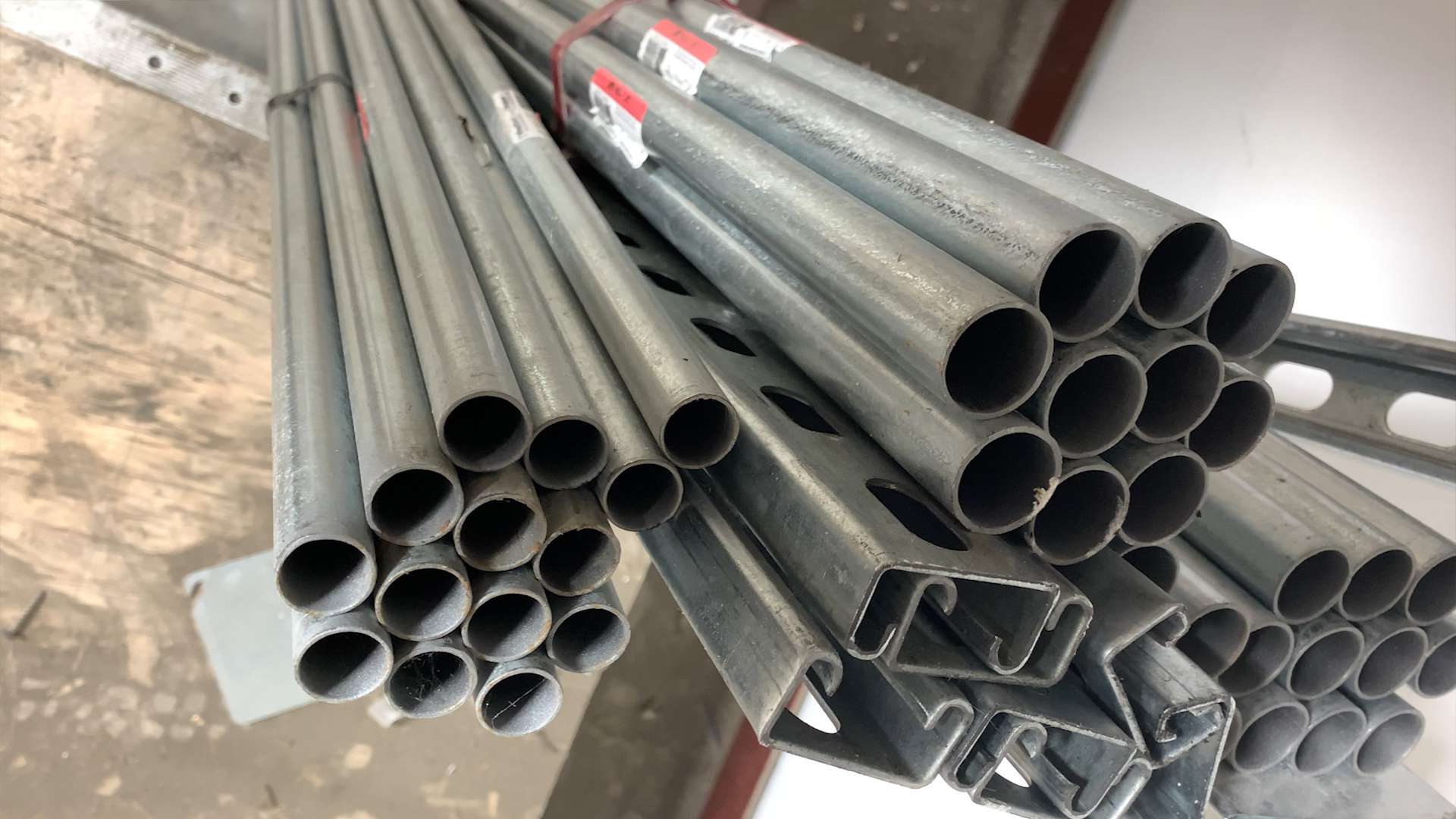



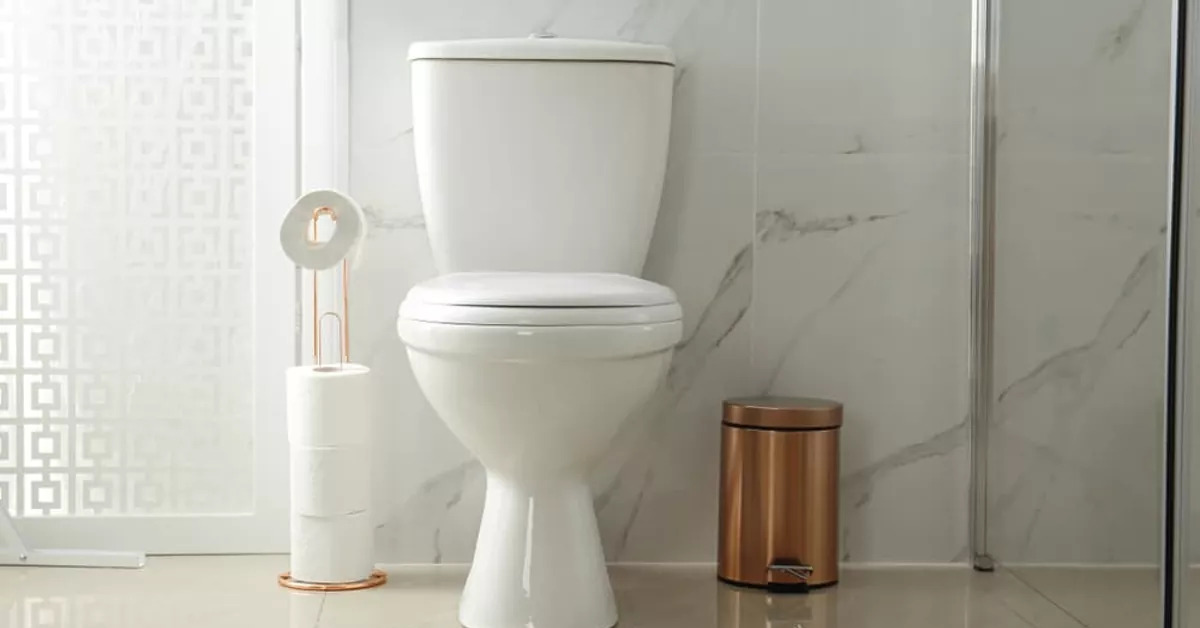

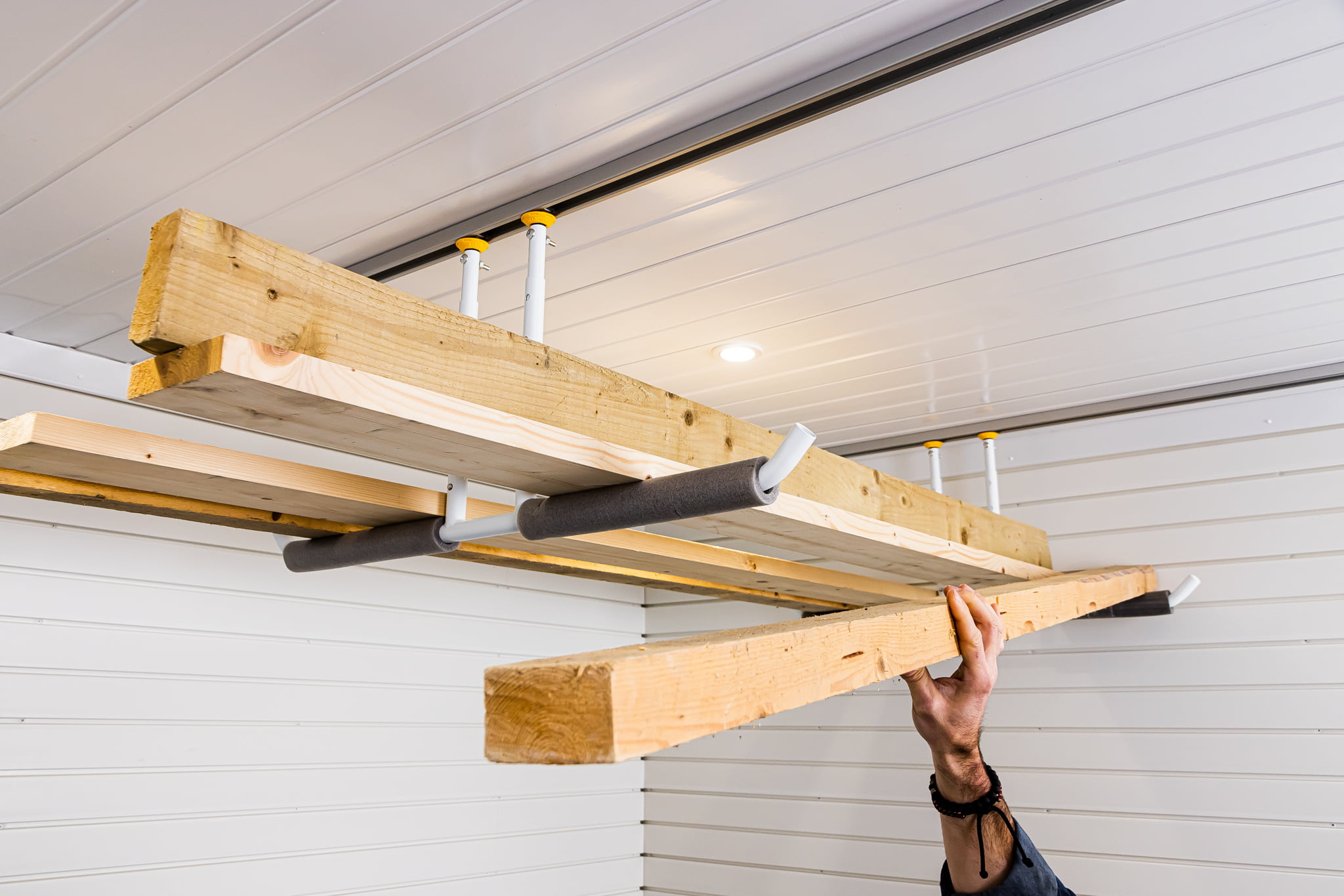

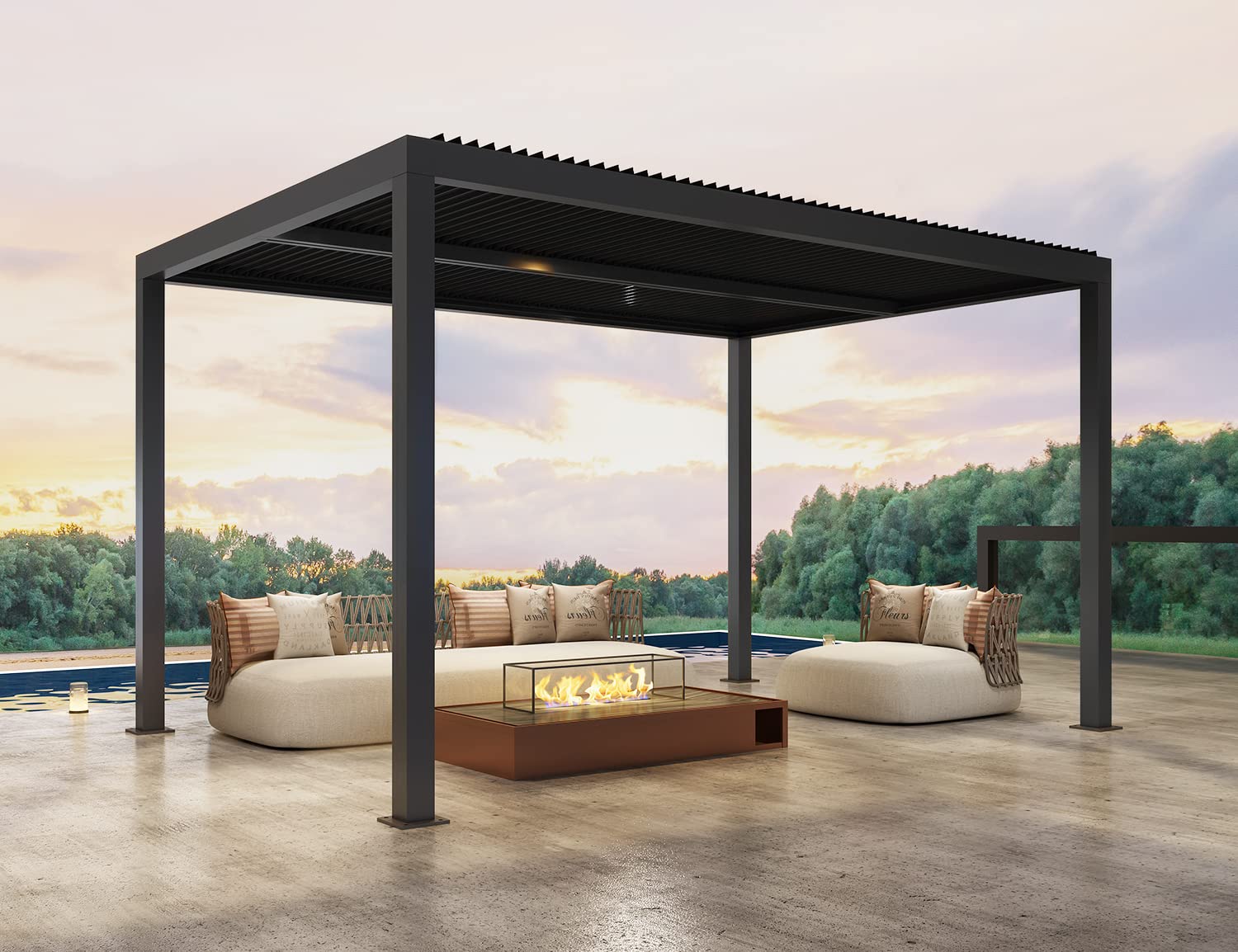


0 thoughts on “How Much Weight Can A Shower Rod Hold”